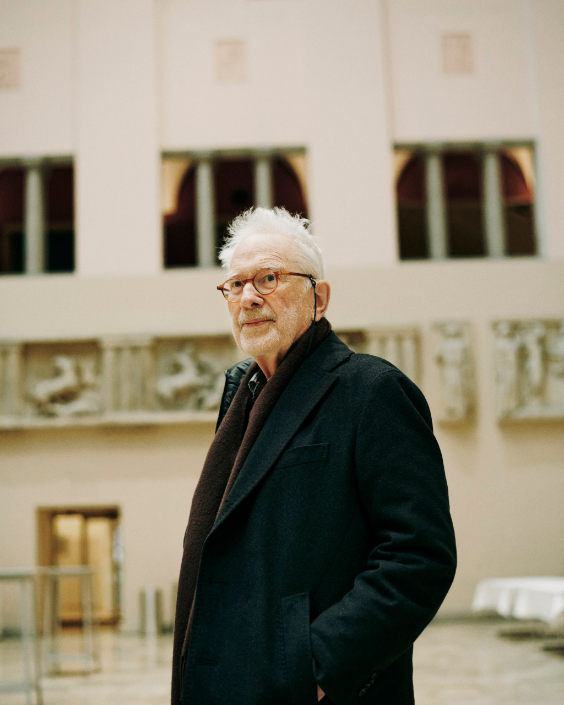Art historian Stanislaus von Moos is internationally known for his perceptive analyses of built environments shaped by complex historical, political, economic, and ideological agendas. His critiques of material culture thus promote a more profound understanding of the world we live in. Inquisitive and engaged, erudite and entertaining, von Moos’s writings resonate with audiences from within and outside of the academy.
Over the past sixty years, von Moos’s work as scholar, curator, and educator has bridged architecture and art, history and criticism, high and low cultures, covering phenomena like urban sprawl as well as artificial landscapes. It has addressed a great range of subjects, from Renaissance military fortifications to 20th century avant-garde art, from pop culture to Minimalism. Underlying these diverse interests – conveyed in a lucid, often ironic tone – lies a consistent concern with architecture and art as emanations of the modern condition. His work has thus provided unexpected insights into the work of architects Le Corbusier, Karl Moser, Max Bill, Robert Venturi and Denise Scott-Brown, Herzog & de Meuron and Rem Koolhaas, as well as artists such as Václav Požárek, Pipilotti Rist, Peter Fischli and David Weiss, among others.
Von Moos studied art history at the University of Zurich. His book Le Corbusier: Elemente einer Synthese (1968, the first critical survey of Le Corbusier’s work to appear after the architect’s death) was translated in five languages and is widely known as a standard text in the scholarship of architectural modernism. In 1971, von Moos founded the journal archithese, transforming a humble professional bulletin into a radical theoretical platform. During its first five years and over 24 issues, archithese promoted urban, political, theoretical, critical and historical preservation studies – subjects that remain of great relevance in the international architectural discourse. In 1977, archithesemerged with the journal Werk to become werk archithese, which von Moos co-edited together with Diego Peverelli for the next three years. Before his professorship in Modern and Contemporary Art at the University of Zurich (1983–2005) he had held teaching positions at Harvard and at the TU Delft. Through his teaching – more recently at institutions like the Accademia di architettura in Mendrisio or Yale University – von Moos has influenced severalgenerations of students, many of them now protagonists in the networks of art and architecture in Switzerland and beyond.
As reflections and observations from outside of architecture, his writings have opened new directions for intra-architectural investigations. Counter to the autonomous discourse promoted by the followers of Aldo Rossi at ETH Zurich, von Moos advanced the heteronomous position of Venturi, Scott Brown & Associates – in archithese as well as two monographs in 1987 and 1999 – thus contributing to the charged debates on realism and postmodernism in Switzerland and worldwide. Von Moos is the author of numerous other books and essays. His most recent opus Erste Hilfe. Architekturdiskurs nach 1940. Eine Schweizer Spurensuche (2021) postulates 1940 as the beginning of Swiss post-war architecture, offering a fresh reading of the architecture of that era in its local and international context. His new book, Twentyfive x Herzog & de Meuron (in collaboration with Arthur Rüegg), will be released in spring 2023.






